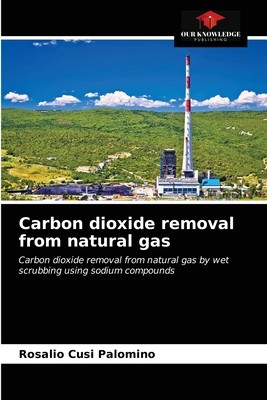
- We will send in 10–14 business days.
- Author: Rosalio Cusi Palomino
- Publisher: Our Knowledge Publishing
- ISBN-10: 6203360015
- ISBN-13: 9786203360011
- Format: 15.2 x 22.9 x 0.6 cm, softcover
- Language: English
- SAVE -10% with code: EXTRA
Reviews
Description
The natural gas that is extracted from the subsoil contains a series of impurities, among which are: sand, water, sulphur compounds, carbon dioxide, oxygenated compounds and nitrogen compounds, apart from other components, which generally constitute traces, such as mercury, helium gas, arsenic, etc. Of all these, the most dangerous from the point of view of corrosion are the sulphur compounds (hydrogen sulphide, H2S and mercaptans) and carbon dioxide (CO2), called acid gases because of their ability to react with the water present in the gas and form the respective hydrogen sulphide and carbonic acids, responsible for the corrosion of equipment and gas pipelines. For this reason, a desulphurisation and decarbonation treatment, commonly known as natural gas sweetening, must be carried out first.
EXTRA 10 % discount with code: EXTRA
The promotion ends in 17d.17:21:56
The discount code is valid when purchasing from 10 €. Discounts do not stack.
- Author: Rosalio Cusi Palomino
- Publisher: Our Knowledge Publishing
- ISBN-10: 6203360015
- ISBN-13: 9786203360011
- Format: 15.2 x 22.9 x 0.6 cm, softcover
- Language: English English
The natural gas that is extracted from the subsoil contains a series of impurities, among which are: sand, water, sulphur compounds, carbon dioxide, oxygenated compounds and nitrogen compounds, apart from other components, which generally constitute traces, such as mercury, helium gas, arsenic, etc. Of all these, the most dangerous from the point of view of corrosion are the sulphur compounds (hydrogen sulphide, H2S and mercaptans) and carbon dioxide (CO2), called acid gases because of their ability to react with the water present in the gas and form the respective hydrogen sulphide and carbonic acids, responsible for the corrosion of equipment and gas pipelines. For this reason, a desulphurisation and decarbonation treatment, commonly known as natural gas sweetening, must be carried out first.


Reviews